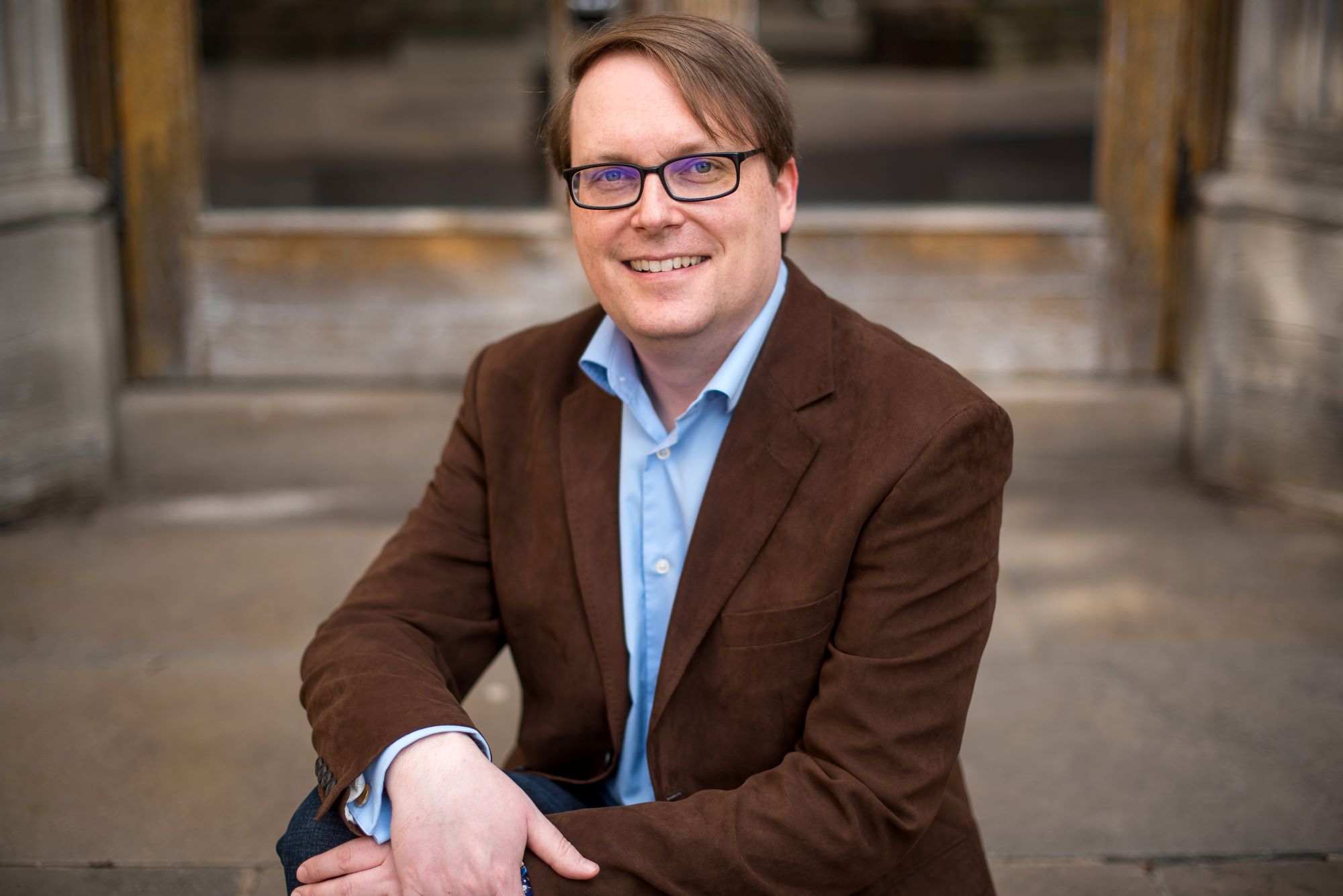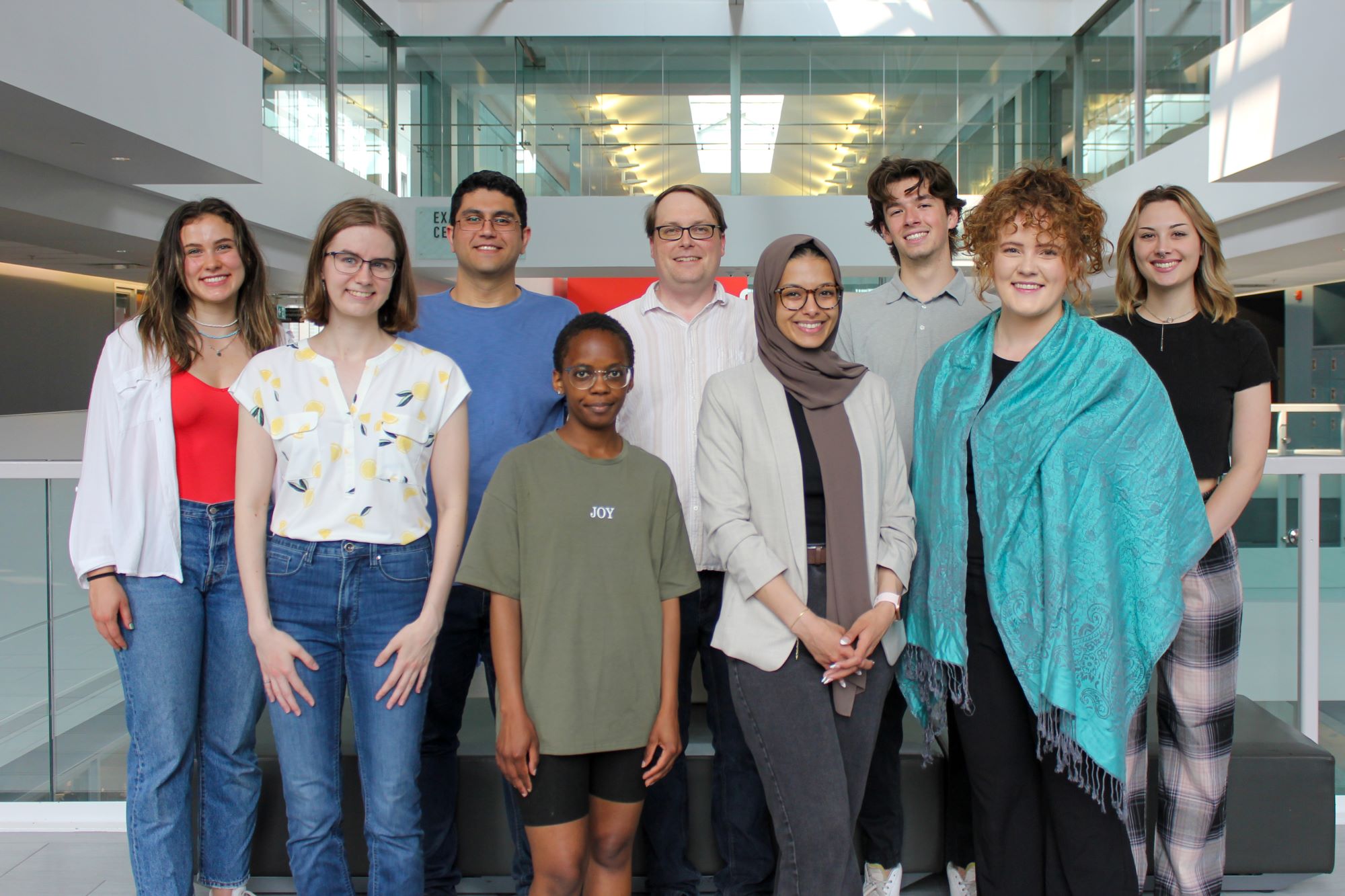
Technological revolutions are hard. The most profound advances in technology are often initially looked at with a measure of wonder and concern. They can be seen to be unique and awe inspiring but simultaneously disruptive because of what the prospect of change might mean for established norms and how we might perceive the ‘credibility’ of a new approach that doesn’t follow past practice.
A good example of that can be seen in what we first witnessed with the introduction of the internet. The arrival of the internet promised incredible opportunities but at the same time raised serious questions and concerns about how we would shift from the established credibility of information sources such as encyclopedias and libraries to the vast array of online information that has grown exponentially since the earliest days of the world wide web. Some of those questions were challenging but the pace of change understandably continued to the point that today, we consume information completely differently from those early days of change. Today we don’t hesitate to go to the Internet and ask for information and Google what we need to know.
This is the foundational change that Smith Engineering Professor Ryan Grant sees happening once again in the context of Supercomputing. He sees a shift that promises to change how we gather and analyze data and information that will dramatically alter how we learn, adapt, and share knowledge as a society. He envisions that nowhere will that change be felt more directly than in engineering education.
“You’ve already been using Supercomputing for years with your daily weather forecast. These early iterations of Supercomputers required analysis of vast amounts of variable data that people only engaged with through an intermediary using the supercomputer and translating it into a weather forecast on TV or online, “said Grant, an Assistant Professor in the Department of Electrical and Computer Engineering and a member of the Ingenuity Labs Research Institute.
“But if you think about a large system today, what are we really doing? In real terms, Supercomputing is becoming mainstream and has moved from indirect interaction of people with weather forecasts to daily on-demand interaction with AI through ChatGPT.”
This is the consideration that informs the submission Queen’s has made to the $2B Sovereign Computing program launched by Innovation, Science and Economic Development Canada (ISED) in 2023. The application seeks to source funding to build Supercomputing infrastructure and capability on campus at Queen’s University through a public-private partnership. In this vision, a Canadian Supercomputing resource could be a critical hub for developing a host of new products and services and support a broad range of applications beyond generative AI, including drug discovery, energy research, and disaster preparedness modelling to name just a few. If approved the initiative would build a powerful ecosystem supporting both academic research and private sector industry needs.
Grant sees this as foundational to recognizing that Supercomputing access and utility is quickly advancing and is fast becoming a necessity. In his assessment, Supercomputing access is a foundational starting point for Canadian universities in general and engineering schools in particular to effectively engage with AI, embrace change and reap the potential rewards. This includes recognizing within engineering education that adoption is not an isolated concern for computer engineering but must be broadly considered across the full spectrum of engineering disciplines.
“The pace of supercomputing adoption gives us the opportunity to integrate artificial Intelligence (AI) much more fundamentally throughout engineering, right?
This isn't just about computer engineering and software people,” says Grant. “Sure, they can build AI, but everybody else is going to be working with AI Services. We need to recognize for example a civil engineer building a bridge can and should be making active use of AI Services in pursuing that goal.”

From his perspective, the use of AI tools is like allowing a civil engineer to start further along in the template for design and to get more customized, more quickly, so less time is spent on the basics of engineering tasks and more time is focused on the details of the design and the bigger picture of the project at hand. In his estimate, a degree in civil engineering where you know how to work with AI tools today is as powerful as having a degree in 1995 with civil engineering, where you were already incredibly attuned to how to use the computer aided design (CAD) and the Internet. To make that concept a reality however will require a shift in how we educate engineers.
Grant sees a pivotal role for educators as it is the introduction to considering and making early use of tools such as AI that will help engineers to become more powerful and impactful in their work. Early exposure to this shift in university is essential to helping schools, such as Smith Engineering, develop a new generation of engineering talent who can benefit from optimized experiential learning and be better prepared to enter a new and dynamic world that is being shaped right now using Supercomputing resources.
He notes that with each passing year, AI and other supercomputing tools are rapidly improving in part because global mega companies are rushing to invest billions of dollars into AI because they know that whoever gets there first is going to be a leader and whoever starts this race first will have a major advantage over those who start later.
“At Smith Engineering we can be running ahead in that race and that being an early leader is a major opportunity for us to truly transform engineering education,” says Grant. “It’s early days and there is much to be learned but that learning starts with using the new tools and to do so collaboratively, “says Grant. “Faculty can be on the cutting edge by exploring how they want to use AI to deliver knowledge today, because it is early in the game, and we can be a trailblazing organization in figuring it out.”
For Grant to “act early” is important because learning itself is iterative and will be enhanced through exploration and experiment. He also sees the shift to greater use of Supercomputing resources as something that inherently provides the opportunity for greater interdisciplinary learning that is equally important in helping Smith Engineering graduates to be real world ready and ingrained with the concept of working with and across different professions to have immediate impact. He envisions numerous examples of where this could be applied to bring diverse types of professionals together in an academic environment through shared use of Supercomputing resources.
“Maybe we want to work with medical doctors from an engineering perspective and can make AI a tool to help both sides build in more knowledge about what do to and perhaps to go so far as to train surgical robots?” says Grant. “Or have AI chart-out the potential of new materials to engineer better knee joint replacements enabled using them. The possibilities are endless and can help engineers work more effectively with everyone from healthcare and science to business and the legal profession.”
For Grant, the early adoption of Supercomputing resources has the potential to 'raise all boats’ as professors get a benefit from integrating it into their classes, using it to accelerate their research and even using AI as a universal translator that can help them integrate engineering students with other disciplines. AI can become a platform for diverse teams to collaborate more productively and rapidly in a process that would otherwise require them to develop detailed knowledge of each other’s respective areas of expertise.

Grant also sees research as greatly benefiting from the addition of Supercomputing resources both because of what it can enable directly for research as well as what that facilitates in terms of making their prospects for interacting with industry on the research that much more powerful.
“Adding Supercomputing to research opens new funding streams for professors as it can enhance their research and keep them competitive. In my vision of a shared enterprise for supercomputing that draws together both industry and academia, there are great gains to be made,” says Grant. “Quite simply for industry, being here with cutting edge tools would make the prospects for accessing expertise that much easier. It also creates high-value ‘talent pipelines’ for companies and helps ensure we’re using computing to accelerate Canadian productivity. For our researchers, we would be accessing a much broader audience with the potential for ourselves and other universities to work together in a truly collaborative environment.”
Grant sees Supercomputing resources as a transformational layer that carries benefits across the whole university with benefits for faculty, staff, students, and our broader partner community. For example, he would envision the prospects for internship programs experiencing significant growth as the opportunity for collaboration that shared Supercomputing resources could create.
In many ways, Grant sees the university as the critical talent pipeline to industry that is essential to its overall success. From the university perspective, Engineering schools need to be cognizant of developing graduates who have skills sets applicable to industry. By coming together in the context of Supercomputing collaboration, the university sector, and the industry sector can ensure they’re working on interesting problems that are going to be directly applied, as real solutions for real problems.
“Sometimes that's something that as professor you can struggle with from time to time how to come up with a teaching module that students can work on to come up with a relevant solution?” says Grant. For me I want those interactions with industry because it helps solve today’s real problems and that’s also very good training for my students.”
Grant is optimistic that the model he has proposed can foster this kind of new educational environment and can make Smith Engineering at Queen’s University a nexus for educational innovation and a hotbed for creating a new generation of engineers ready and able to tackle the world’s most complex challenges.
“AI and Supercomputing in general is for me the engine of productivity for the future and benefits us as a whole country. Either you're either going to be a producer of AI and essentially an exporter of knowledge or you're going to be an importer of knowledge,” says Grant. “So, you’re either a producer of AI factories or you're a consumer of AI and for my part I really want to be the exporter because of the huge value that creates. That’s the proposition we face and why we absolutely want to ensure that we are active in the Supercomputing space right now. “